Home>Furniture & Design>Interior Design Trends>What Is The One-Eye Glass Called
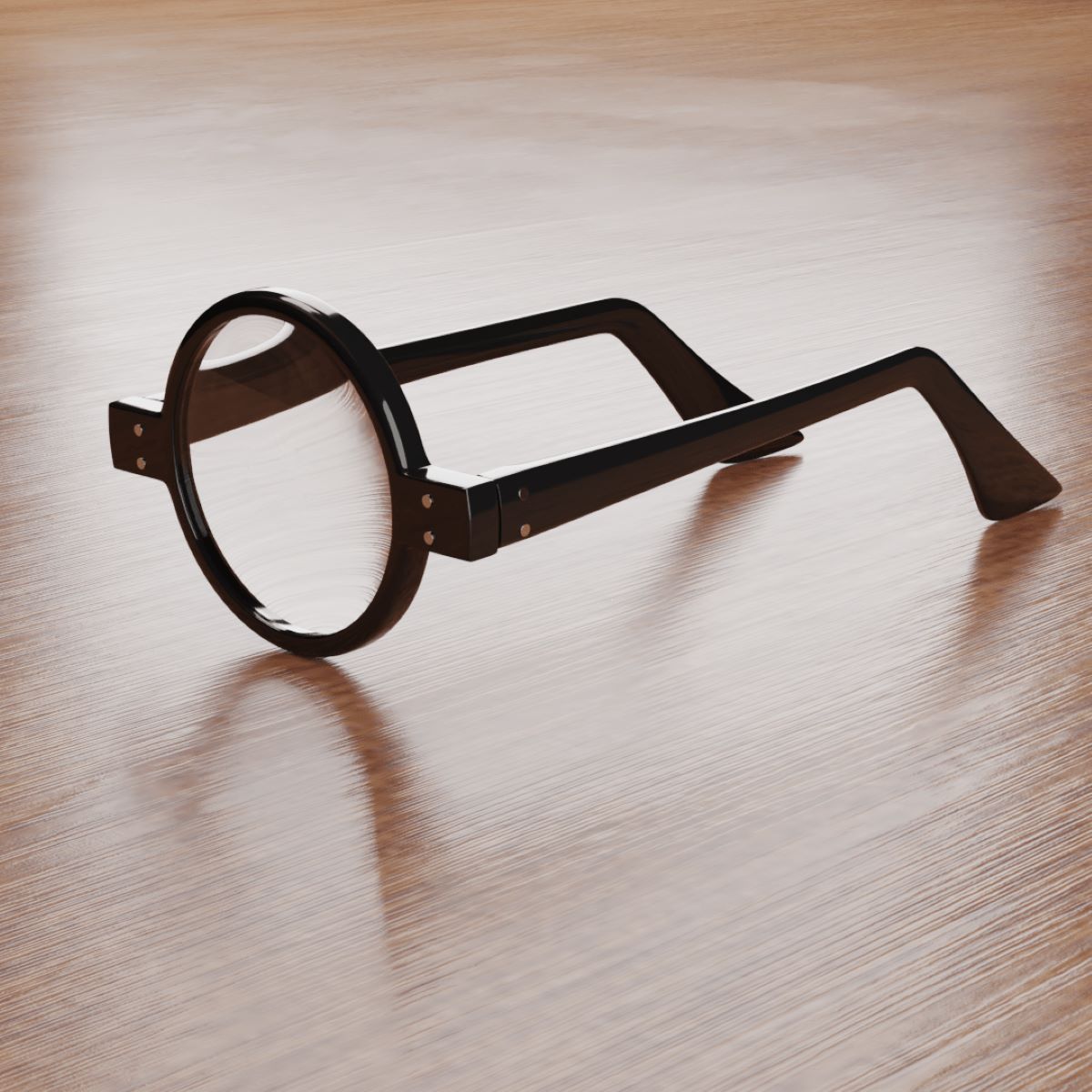

Interior Design Trends
What Is The One-Eye Glass Called
Modified: February 18, 2024
Discover the latest interior design trends and learn what the one-eye glass is called. Stay updated with the latest in interior design.
(Many of the links in this article redirect to a specific reviewed product. Your purchase of these products through affiliate links helps to generate commission for Storables.com, at no extra cost. Learn more)
Introduction
The one-eye glass, also known as a monocle, is a fascinating and iconic accessory that has captured the imagination of people for centuries. This distinctive eyepiece has a rich history and has been associated with sophistication, intellect, and a touch of eccentricity. From its origins as a practical vision aid to its symbolic significance in literature and popular culture, the one-eye glass has left an indelible mark on the world of fashion and style.
The allure of the one-eye glass lies in its unique and singular design. Unlike traditional eyeglasses, the monocle is a single lens that is held in place by the eye socket or a frame. This distinctive look has made it a symbol of refinement and individuality, often associated with distinguished gentlemen and scholars.
Throughout history, the one-eye glass has been embraced by individuals seeking to make a bold and memorable statement. Its association with sophistication and intellect has made it a timeless accessory that transcends fashion trends. Whether worn for practical purposes or as a fashion statement, the one-eye glass continues to captivate the imagination and evoke a sense of nostalgia for a bygone era.
As we delve into the history, uses, and styles of the one-eye glass, we will uncover the enduring appeal of this iconic accessory and explore its significance in contemporary culture. Join us on a journey through time and fashion as we unravel the mystique of the one-eye glass and celebrate its timeless allure.
Key Takeaways:
- The one-eye glass, or monocle, has a rich history and enduring appeal as a symbol of sophistication and timeless elegance, transcending generations and retaining its status as an iconic and cherished accessory.
- Whether worn for practical vision correction or as a deliberate style choice, the one-eye glass offers a blend of practical utility, cultural symbolism, and timeless elegance, resonating with those who appreciate classic sophistication and timeless allure.
Read more: What Is A Glass Eye
History of the One-Eye Glass
The history of the one-eye glass, or monocle, can be traced back to the early 18th century when it emerged as a practical solution for individuals with vision impairments. Initially, the monocle was a simple, circular lens that was held in place by the eye socket, providing a convenient alternative to traditional eyeglasses. This innovative design quickly gained popularity among the aristocracy and intellectual elite, establishing the monocle as a symbol of refinement and sophistication.
During the 19th century, the monocle experienced a surge in popularity, particularly among the upper echelons of society in Europe. It became synonymous with the image of a distinguished gentleman, often portrayed in literature and art as an emblem of intellect and discernment. The monocle's association with the upper class and its portrayal in popular culture cemented its status as a fashion statement and a symbol of social standing.
As the monocle continued to gain prominence, it evolved from a purely functional accessory to a fashion statement. Its distinctive design and association with the elite made it a coveted item among the fashionable and influential. The monocle became a hallmark of sartorial elegance, adorning the eyes of statesmen, artists, and literary figures, further solidifying its place in history as an iconic and enduring accessory.
In the early 20th century, the monocle's popularity began to wane as eyeglasses became more widely accessible and affordable. However, its legacy endured, and the monocle retained its status as a symbol of sophistication and individuality. In recent years, there has been a resurgence of interest in the monocle, with fashion enthusiasts and trendsetters embracing its retro charm and timeless appeal.
Today, the one-eye glass continues to captivate the imagination, serving as a reminder of an era when elegance and refinement were paramount. Its rich history and enduring allure make the monocle a cherished relic of the past, cherished for its cultural significance and timeless elegance. Whether worn for practical purposes or as a fashion statement, the one-eye glass remains a symbol of sophistication and a testament to the enduring legacy of classic style.
The history of the one-eye glass is a testament to its enduring appeal and timeless significance, transcending generations and retaining its status as an iconic and cherished accessory.
Different Names for the One-Eye Glass
The one-eye glass, commonly known as a monocle, has been referred to by various names across different cultures and time periods. Its unique design and singular lens have inspired a range of colorful and evocative monikers that reflect its cultural significance and enduring appeal.
-
Monocle: The term "monocle" originates from the Greek words "monos," meaning "single," and "skopein," meaning "to look." This straightforward and descriptive name perfectly encapsulates the essence of the one-eye glass as a single lens for vision enhancement.
-
Quizzing Glass: In the 18th and 19th centuries, the monocle was often referred to as a "quizzing glass" in England. This term reflected the monocle's association with the act of scrutinizing or quizzing, emphasizing its role as a tool for discerning observation and intellectual inquiry.
-
Lorgnette: The lorgnette was a variation of the monocle that featured a handle or a pair of handles, allowing the wearer to hold it up to the eye without the need for a frame. This elegant and versatile accessory was popular among fashionable women in the 19th century and was often used as a decorative and functional item.
-
Sciopticon: The term "sciopticon" was used in the 19th century to describe a type of monocle with an adjustable focus, allowing the wearer to adapt the lens for different visual needs. This name reflected the technological innovation and versatility of the monocle as a vision aid.
-
Gazing Glass: The term "gazing glass" was a poetic and evocative name for the monocle, emphasizing its role as a tool for contemplation and focused observation. This name captured the introspective and intellectual connotations associated with the one-eye glass.
-
Ocular: The term "ocular" has been used to describe the monocle, drawing on its association with the eye and vision. This name underscored the monocle's function as a visual aid and highlighted its connection to the act of seeing and perceiving.
These diverse names for the one-eye glass reflect its multifaceted role as a symbol of sophistication, intellect, and individuality. Each name carries with it a unique blend of historical, cultural, and linguistic influences, contributing to the rich tapestry of the monocle's identity and enduring legacy.
Uses and Benefits of the One-Eye Glass
The one-eye glass, or monocle, serves a variety of practical and symbolic purposes, making it a versatile and timeless accessory. From its original function as a vision aid to its role as a fashion statement, the one-eye glass offers a range of uses and benefits that have contributed to its enduring appeal.
Practical Vision Aid
One of the primary uses of the one-eye glass is as a vision aid for individuals with refractive errors or visual impairments. The monocle provides a simple and effective solution for correcting nearsightedness or farsightedness in one eye, allowing the wearer to achieve clear and focused vision. Its compact size and portability make it a convenient option for individuals who require vision correction on a daily basis.
Read more: What Is A Wine Glass Called
Fashion and Style Statement
Beyond its practical function, the one-eye glass has long been revered as a symbol of sophistication and individuality. Wearing a monocle conveys a sense of sartorial elegance and a nod to tradition, making it a distinctive fashion statement. Whether worn with formal attire or as a quirky accessory, the monocle adds a touch of vintage charm and timeless allure to any ensemble.
Symbol of Intellectualism
The one-eye glass has been associated with intellect, discernment, and erudition, often depicted in literature and popular culture as an emblem of scholarly pursuits. Its presence on the faces of esteemed thinkers and literary figures has imbued the monocle with a symbolic significance, representing a keen intellect and a refined sense of curiosity. As such, wearing a monocle can evoke an air of intellectualism and scholarly sophistication.
Cultural and Historical Significance
The one-eye glass holds cultural and historical significance as a relic of a bygone era, evoking nostalgia for a time when elegance and refinement were paramount. Its association with the aristocracy, literary icons, and influential figures has contributed to its enduring legacy as a symbol of status and discernment. Embracing the one-eye glass allows individuals to connect with a rich tapestry of cultural and historical references, adding depth and character to their personal style.
Timeless Elegance
Ultimately, the one-eye glass embodies a sense of timeless elegance and individuality that transcends fleeting fashion trends. Its enduring appeal lies in its ability to evoke a sense of nostalgia for a bygone era while maintaining its relevance in contemporary fashion. Whether worn for practical reasons or as a deliberate style choice, the one-eye glass exudes a unique charm that resonates with those who appreciate classic sophistication and timeless allure.
In summary, the one-eye glass offers a blend of practical utility, cultural symbolism, and timeless elegance, making it a cherished and versatile accessory with a rich tapestry of uses and benefits.
Read more: What Is A Champagne Glass Called
Popular Brands and Styles of the One-Eye Glass
The resurgence of interest in vintage and retro fashion has sparked a renewed appreciation for the one-eye glass, leading to the emergence of popular brands and a diverse range of styles that cater to modern tastes while honoring the timeless allure of the monocle.
Traditional and Classic Designs
Several renowned brands have embraced the classic elegance of the one-eye glass, offering traditional designs that pay homage to its rich history. These styles often feature a circular lens held in a sleek frame, crafted from high-quality materials such as polished metal or fine acetate. Brands known for their commitment to traditional craftsmanship and attention to detail have garnered a loyal following among aficionados of classic eyewear, showcasing the enduring appeal of the monocle as a symbol of timeless sophistication.
Contemporary Interpretations
In addition to traditional designs, contemporary brands have reimagined the one-eye glass, infusing it with modern flair and innovative touches. These reinterpretations often feature sleek and minimalist frames, bold color choices, and unconventional materials, appealing to a new generation of fashion enthusiasts seeking to make a statement with their eyewear. By blending vintage charm with contemporary aesthetics, these brands have revitalized the image of the one-eye glass, positioning it as a versatile and stylish accessory for the discerning individual.
Custom and Artisanal Creations
The resurgence of artisanal craftsmanship has given rise to a niche market for custom and handmade one-eye glasses. Artisans and independent designers have embraced the challenge of creating bespoke monocles that reflect individuality and personal style. These unique creations often showcase intricate detailing, personalized engravings, and unconventional materials, offering a one-of-a-kind eyewear experience for those who appreciate the artistry and exclusivity of handmade accessories.
Read more: What Is A Beer Glass Called
Iconic and Limited-Edition Releases
Certain brands have capitalized on the allure of the one-eye glass by introducing iconic and limited-edition releases that pay homage to historical figures, cultural movements, or artistic influences. These special collections often feature meticulously designed monocles that celebrate the legacy of renowned individuals who have left an indelible mark on history. By commemorating iconic figures through exclusive eyewear releases, these brands have elevated the one-eye glass to a coveted collector's item, blending heritage with contemporary appeal.
Collaborations and Cross-Genre Influences
The one-eye glass has also found its way into collaborative projects and cross-genre influences, with fashion houses, artists, and cultural icons incorporating the monocle into their creative endeavors. Collaborative releases often showcase unique interpretations of the one-eye glass, drawing inspiration from diverse artistic movements, subcultures, and historical references. These collaborations have expanded the reach of the monocle, positioning it as a symbol of artistic expression and cultural resonance.
In summary, the landscape of one-eye glass brands and styles encompasses a diverse array of traditional, contemporary, artisanal, and collaborative offerings, catering to a broad spectrum of tastes and preferences. Whether seeking a classic design that honors tradition or a modern reinterpretation that embraces innovation, individuals have an array of options to explore, each reflecting the enduring allure and cultural significance of the iconic one-eye glass.
Conclusion
In conclusion, the one-eye glass, or monocle, stands as a timeless emblem of sophistication, intellect, and individuality. Its rich history, diverse names, practical uses, and enduring allure have contributed to its status as an iconic and cherished accessory. From its origins as a practical vision aid to its symbolic significance in literature and popular culture, the one-eye glass has transcended generations, retaining its place as a symbol of refined elegance and timeless charm.
The history of the one-eye glass reflects its evolution from a functional vision aid to a fashion statement, embodying the elegance and refinement of a bygone era. Its association with the aristocracy, literary icons, and influential figures has contributed to its enduring legacy as a symbol of status and discernment. The diverse names for the one-eye glass, ranging from "monocle" to "quizzing glass," reflect its cultural and linguistic influences, adding depth to its identity and enduring legacy.
The uses and benefits of the one-eye glass encompass practical utility, cultural symbolism, and timeless elegance. Whether worn for vision correction, as a deliberate style choice, or to evoke an air of intellectualism, the one-eye glass offers a blend of practical and symbolic significance that resonates with those who appreciate classic sophistication and timeless allure.
The landscape of popular brands and styles of the one-eye glass reflects a diverse array of traditional, contemporary, artisanal, and collaborative offerings, catering to a broad spectrum of tastes and preferences. Whether seeking a classic design that honors tradition or a modern reinterpretation that embraces innovation, individuals have an array of options to explore, each reflecting the enduring allure and cultural significance of the iconic one-eye glass.
In essence, the one-eye glass continues to captivate the imagination, serving as a reminder of an era when elegance and refinement were paramount. Its enduring appeal and timeless significance make the monocle a cherished relic of the past, celebrated for its cultural significance and timeless elegance. Whether worn for practical purposes or as a fashion statement, the one-eye glass remains a symbol of sophistication and a testament to the enduring legacy of classic style.
Frequently Asked Questions about What Is The One-Eye Glass Called
Was this page helpful?
At Storables.com, we guarantee accurate and reliable information. Our content, validated by Expert Board Contributors, is crafted following stringent Editorial Policies. We're committed to providing you with well-researched, expert-backed insights for all your informational needs.

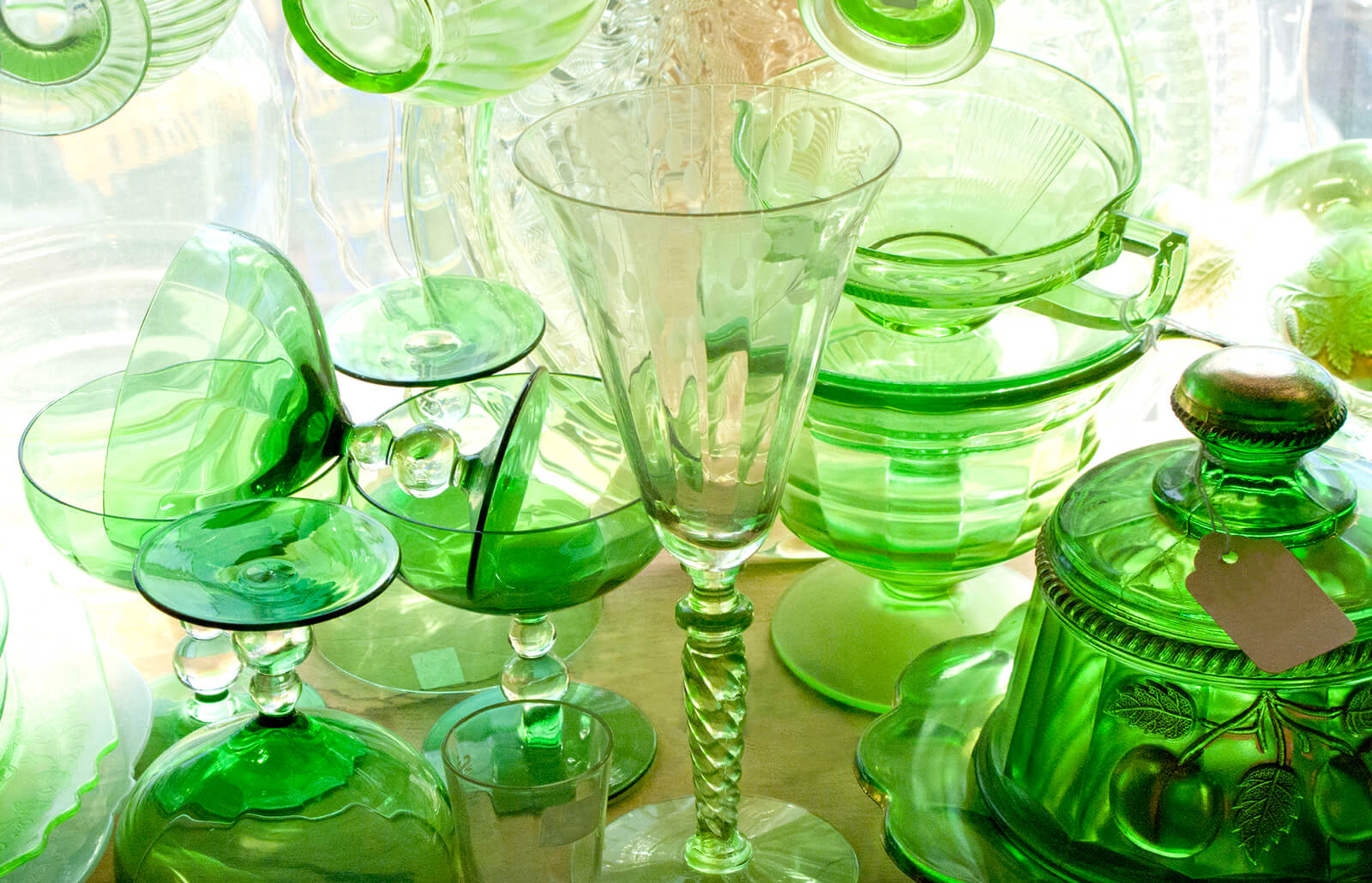

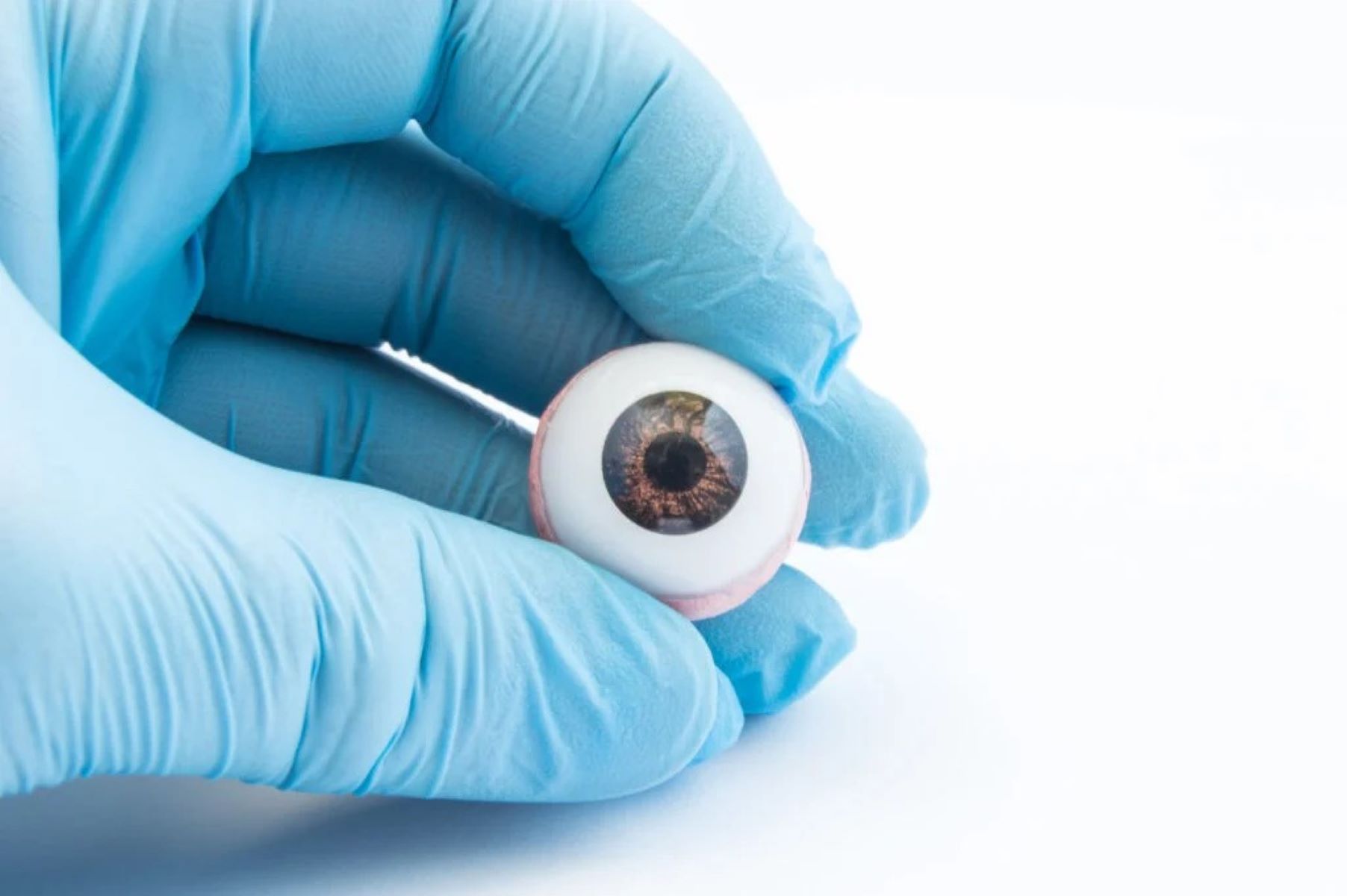
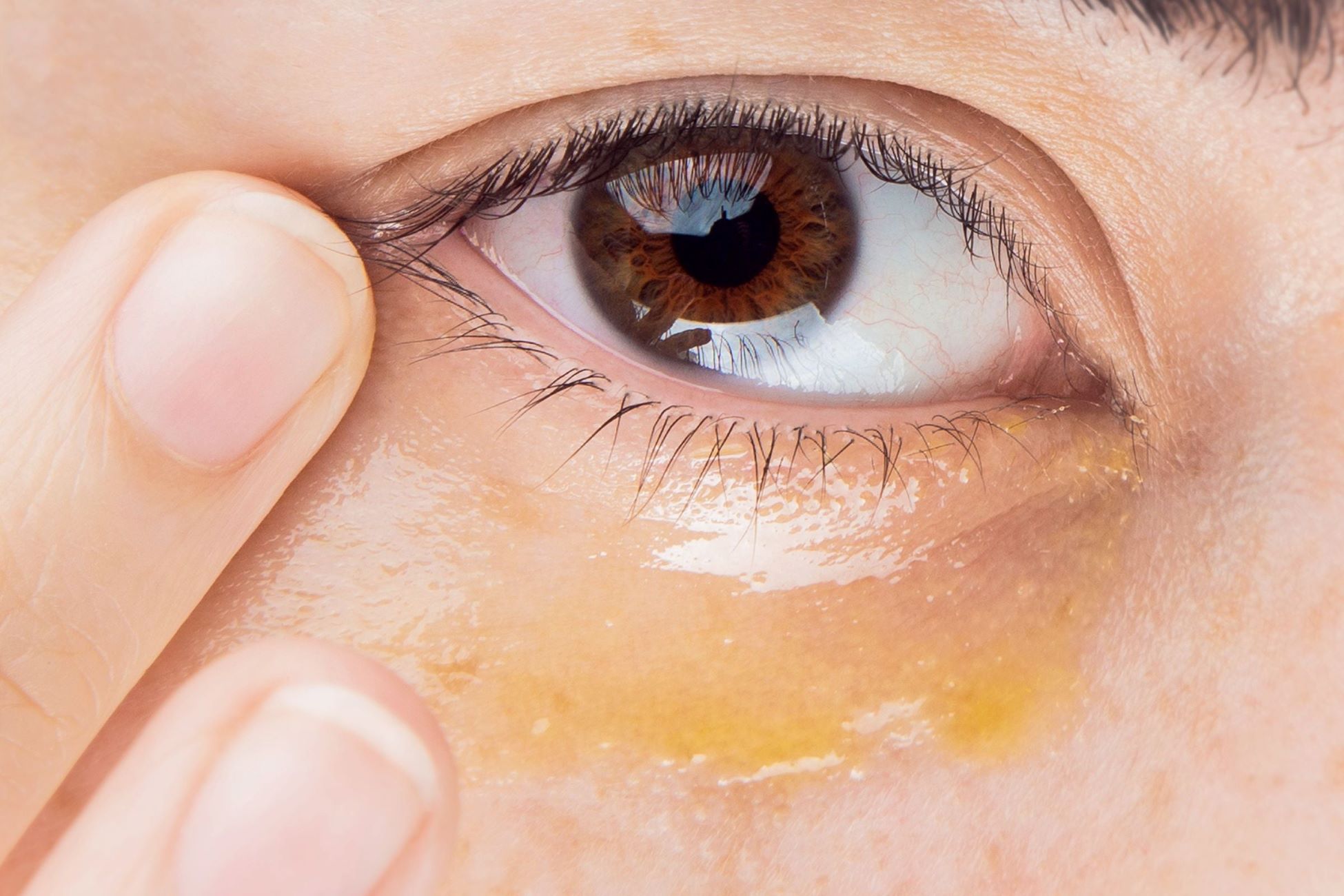
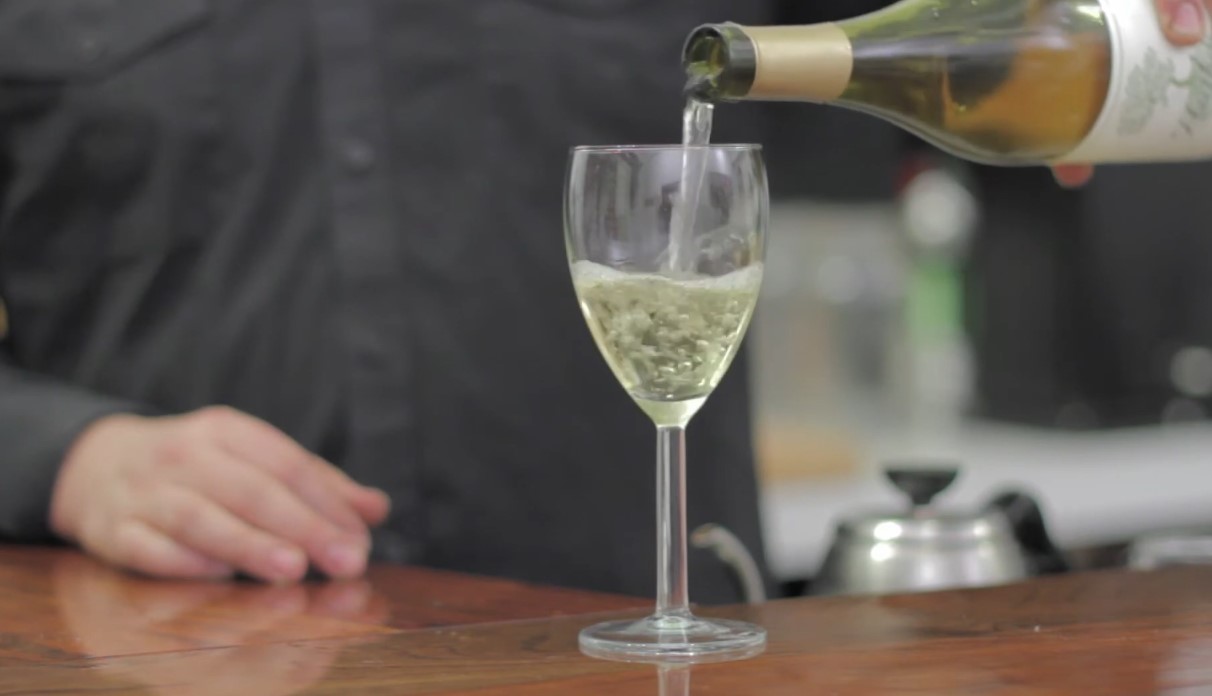
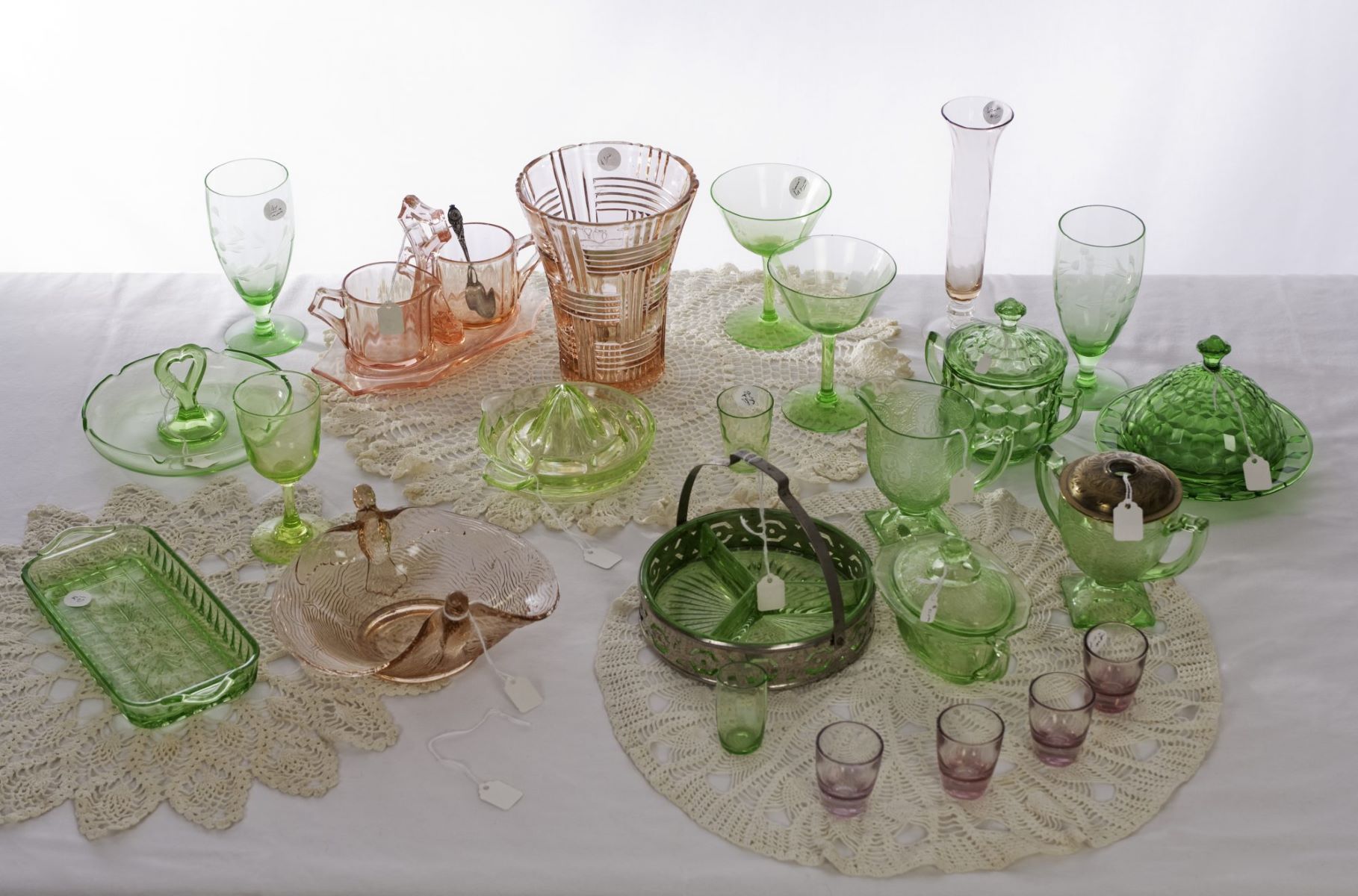

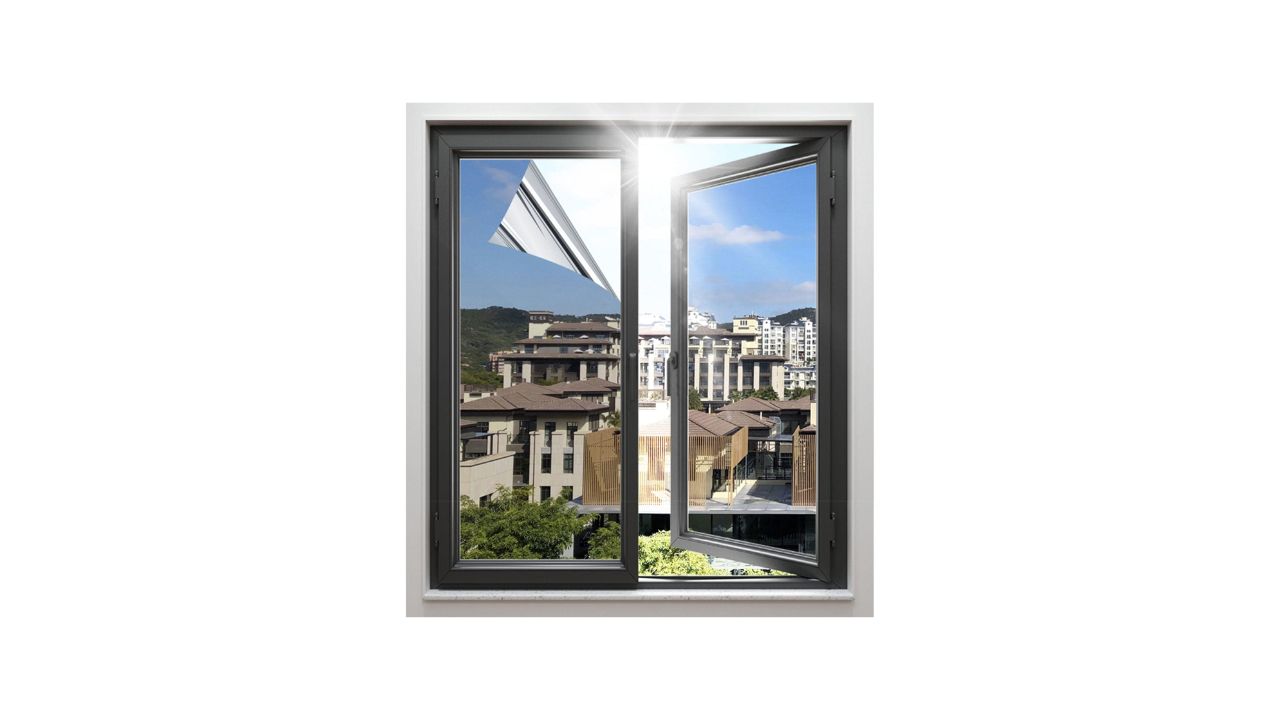

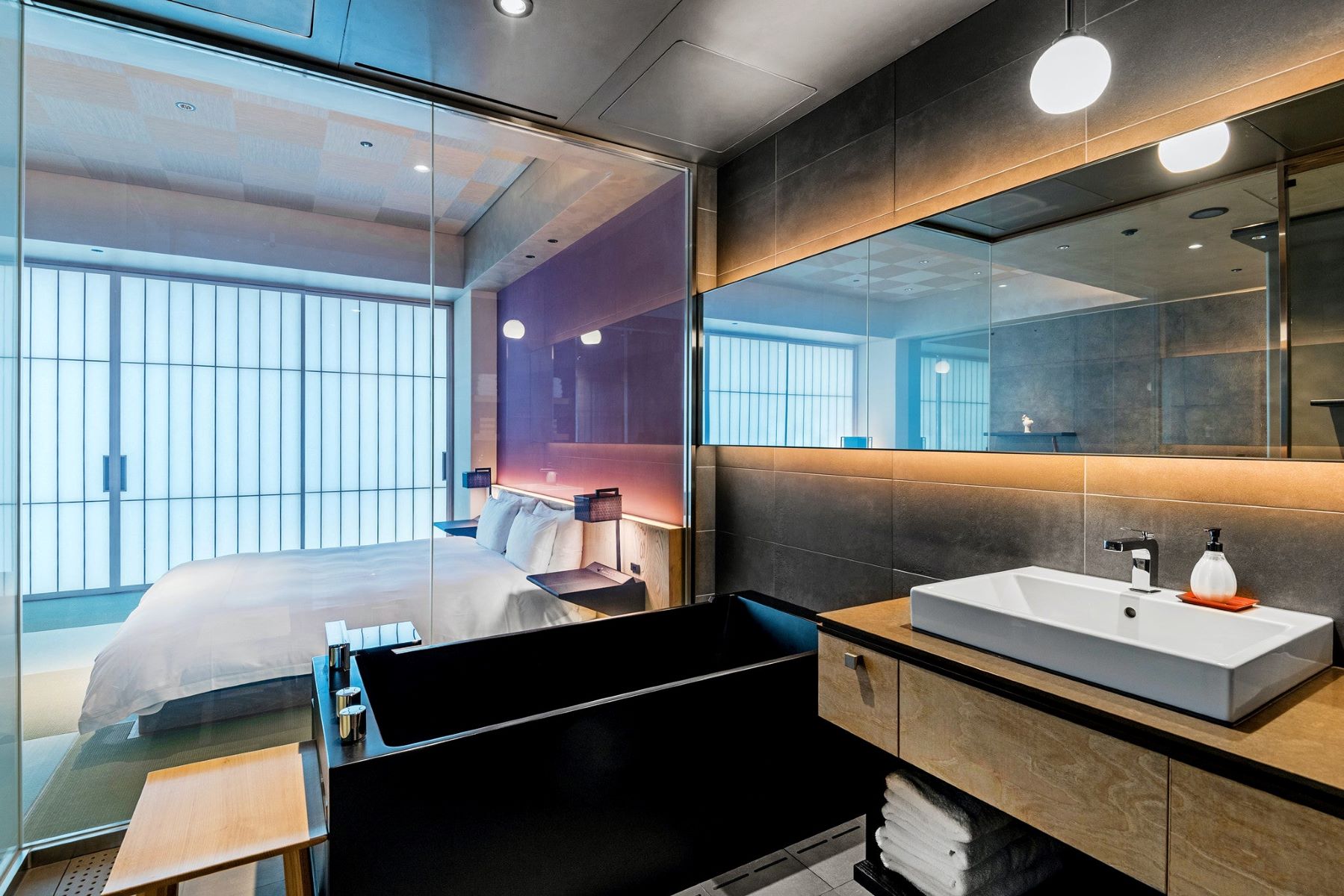


0 thoughts on “What Is The One-Eye Glass Called”